Making Sense of Fly Lines

When you look at a typical display of fly lines in your local fly shop, you find rows of colorful boxes with pictures of line and or fish, and a variety of codes and numbers that seem to give some people the ability to select one over the other. With all of these choices, it’s easy to get overwhelmed. There is a lot of science and technology that goes into making modern fly lines, and the different varieties can help you address almost every fishing situation you can come across. However, it doesn’t have to be that complicated. In fact, if you are in a hurry to get out on the water, just look at your fly rod above the cork grip and it should tell you what fly line the rod is designed for. Most trout rods will be for 5 weight or 6 weight lines, but it’s possible you could have a different number if your rod is heavier or lighter. You want a line that matches your fly rod. Then get a line labeled WF5F, or WF6F, or whichever WF#F matches the number that you see. That will get you a weight forward floating line that is designed to work best on your rod. I know many successful anglers that fish with this line only, and frankly I use that line for at least 90% of my trout fishing. The last thing I will say to those of you who want the short version is to go to a fly shop, and buy the best quality line you absolutely can. Upgrading from a medium quality line to a top quality line is generally only about a $50 difference, and will make more difference to your fishing than any other upgrade you can do with your fly fishing gear.
For those of you still reading, it’s time to go a little deeper into how fly lines work, why there are different designs, and how to pick out the line that is right for your specific situation. The basic premise of fly line is to serve as the sinker or weight that will carry your fly out to where the fish are. Compare this to a spinning rig, where a lead sinker, or the weight of a lure is energized by the power you put into the rod, and launches out over the water, dragging the line behind it. With fly casting, you energize the line, it goes out over the water, pulling the fly behind it. This allows a tiny, weightless fly to land delicately and realistically on the water without the big splash associated with a sinker landing with it. The weight is in the line, not the fly. It turns out that tiny little flies don’t require as much weight to get to the target as large wind resistant flies. Since little flies need to land more delicately than big flies, manufactures started making lines of different weights geared for different fly sizes. This became standardized across line manufactures, as well as rod makers, so that you could buy a fly rod that was perfect for casting the fly line you needed to use. The reason most people use a 5 or 6 weight rod for trout fishing is that the typical trout fly will cast well with that line. An 8 weight line would still cast a trout fly, but it would land with more of a splash and likely spook fish. Because it’s heavier, it would also be more tiring to cast. However, if you are using big hair bugs for bass, you will need the heavier line to cast the larger more wind resistant fly. Turns out if a bass bug makes a splash on the water, it can actually help get their attention. This follows all the way up to the 10 and 12 weight lines that are used to cast super giant flies for saltwater fish.

My first fly line was called a double taper. It was also a floating line, so the code on the box would be DT6F, standing for:Double Taper, 6 weight, floating line. The double taper was one of the early “improvements” to fly line, developed because if the fly line stayed the same diameter it would splash down hard on the water. The taper on the end effectively gets the energy to the leader to lay out the fly, but lands more gently on the water. Lines were tapered on both ends, so that when one end wore out, you could just turn it around and fish with the other end, making the line more economical. Very traditional, and effective for short casts. However, as the art of casting advanced, people started wanting to “shoot” line to make a longer cast. Someone figured out that the first 30-40 feet of line carried all the weight you needed, and if you made the diameter smaller after that, it would shoot further with less effort. Thus was born the “weight forward” concept of fly line, designated with a “WF” at the front of the code. This is now the modern standard for most fly line design, with a front taper going to the leader, a “belly” where the casting weight is stored, then a rear taper after 40 or so feet that necks down to “running line” which is thin and shoots through the guides better. There is still some use of double taper lines when people do a lot of long roll casting (or spey casting), but every fly line that I currently own is a weight forward.

As I started out saying, a weight forward floating line will work very well for many of your fishing situations. You can fish dries, nymphs, and streamers with a floating line. But there comes a time when you need to get down deeper and want more control of your depth. This is when having a line that sinks becomes important. Sinking lines will generally be designated with a WF#S label, with the S at the end identifying the line as sinking. Now it turns out that sinking lines can be made to sink at different speeds, fast, slow or intermediate, and this will also be labeled in some form to let you know. Here there can be a difference between manufacturers, so if you are buying a sinking line, you may need to read the box carefully determine which line you are getting. Now if you are wading, say out into a lake or reservoir, casting a sinking line can become a challenge because as you strip line in it sinks. Line that has fallen underwater around your feet does not shoot as easily as floating line does. Many people solve this by using a stripping basket, which when worn around your waste will keep sinking line out of the water. Another solution is to use a hybrid line called a sink tip line. This is designated WF#ST, and again the sinking part can come in different sink rates. Each manufacturer generally has a particular length of the line that will be the sinking part, and I have been known to cut the sink portion short when I think it serves my needs better. The best part of the sink tip line is that you can control your fly depth, but when you are casting you do not have sinking line curling up underwater around your ankles.
Speaking of customization, there is literally no end on the different options that manufactures have come up with for every possible fishing and casting situation. If a line is labeled as a “dry fly” specialty line, it will generally have an extended front taper. The longer the taper, the more power is reduced, and the softer the fly will land on the water. The opposite of this is a “bass bug” taper, where the taper distance is reduced to give more power to the leader to turn over a big hair bug. It will land harder on the water, but with bass fishing that is ok. Saltwater specialty lines take advantage of the fact that things float better in salt water than in fresh water. A floating saltwater line will be smaller in diameter for the same weight, thus it will cast better in wind, and still float on salt water. Another common saltwater line is known as an “intermediate” density line (WF#I). This line is the same density as water, and will stay near the surface but sink ever so slowly. Again, it will cast better into the wind than a traditional floating line.

Also showing up on shelves these days are fly lines that are actually heavier that the weight listed on the box. (trying real hard not to use the word “gimmick” here…) The idea is that some people like to use lines that are heavier than what the fly rod manufacturer recommends. This will slow the rod down, and for some people help them to load the rod better. It used to be that you would just buy a line one size up if you want to do this, but now there are specific product lines that feature overweight lines. I might recommend taking some casting lessons to improve your skills instead, but hey if it works for you….
Finally, there are a whole range of colors that you can get fly lines in, and for some people that may make a difference. Sinking lines tend to be uniformly dark, as they fish underwater and the theory is they will stand out less to the fish. Floating lines range from bright orange to high visibility greens and yellows, to various camo greens, grays and even blues for salt water. My general view is that for most people, being able to see the line will help them make better casts, as well as more effective mends on the water. Although I tend to avoid the bright orange lines (typically sold as beginner lines anyway) I am all for the other high visibility colors. If you make a good cast you should not be spooking the fish.
All of the fly line manufactures have their own special features in terms of line coatings or finishes. Some will have their own “secret sauce” in terms of taper design. As far as I am concerned, many of these differences are not that important. The top end fly lines from all of the manufacturers will cast and fish very well. The mid range lines will not float or mend as well and are more likely to have memory issues. Depending on how often you use it, a good fly line will last four to five years. Cleaning fly lines with fly line dressing will help them last longer, and keep them performing they way they are designed.
Hopefully, the next time you step into a fly shop the codes on all of those fly line boxes will seem a little less intimidating.
By Scot Bealer
Scot first started guiding in the 1980’s, and has fished extensively through the rocky mountain west and many other parts of the world. When not on the water, he is typically out working with his wife, Lea Frye, doing wildlife photography. See their work at https://www.leaf-images.com, or follow them on Instagram @lea.f_images


















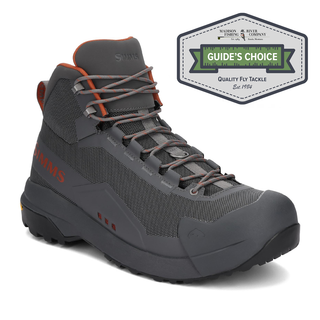



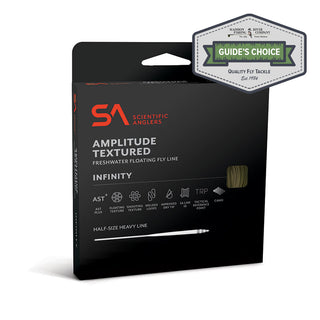




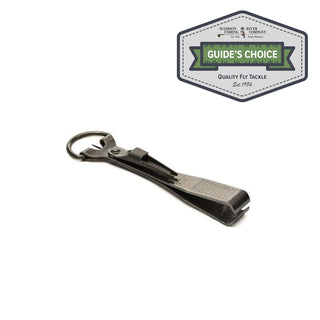































































































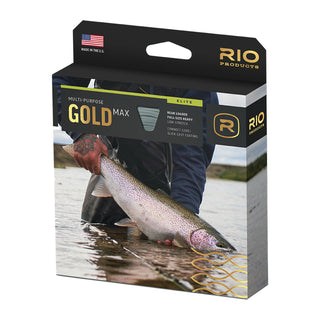















































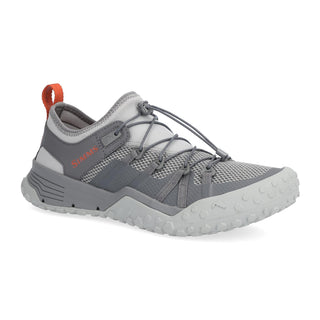












































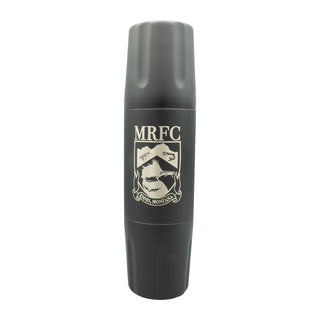
































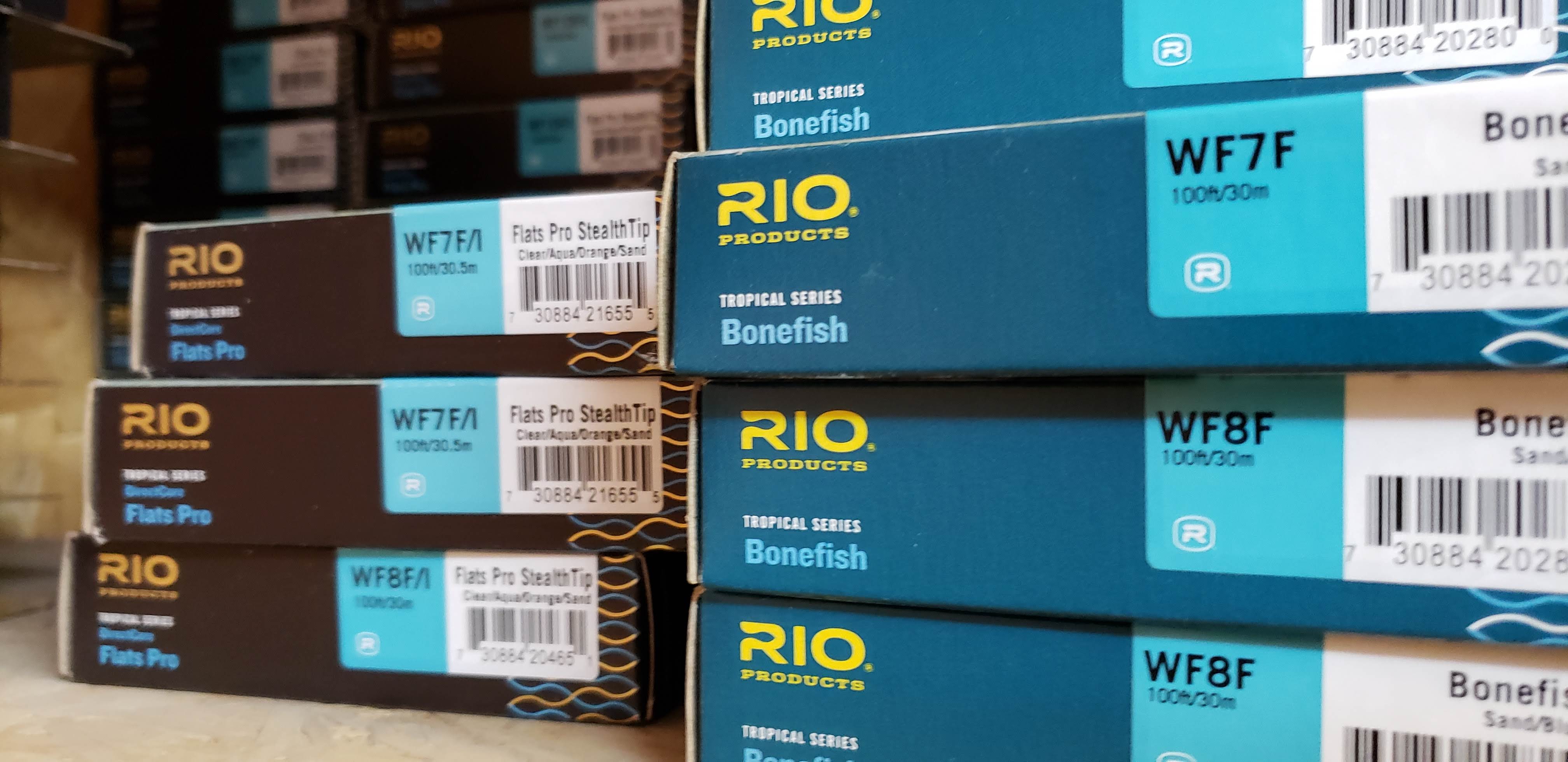

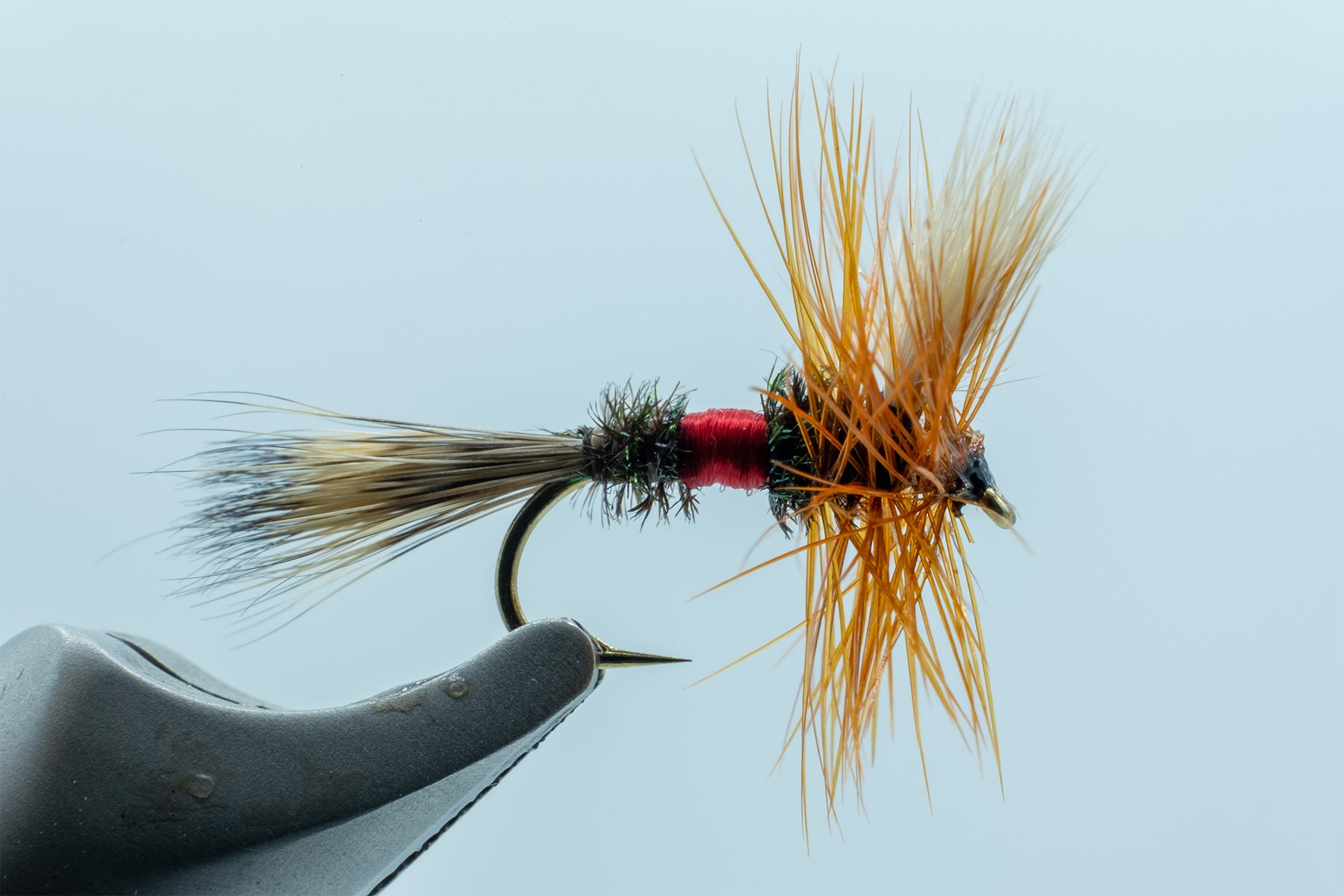
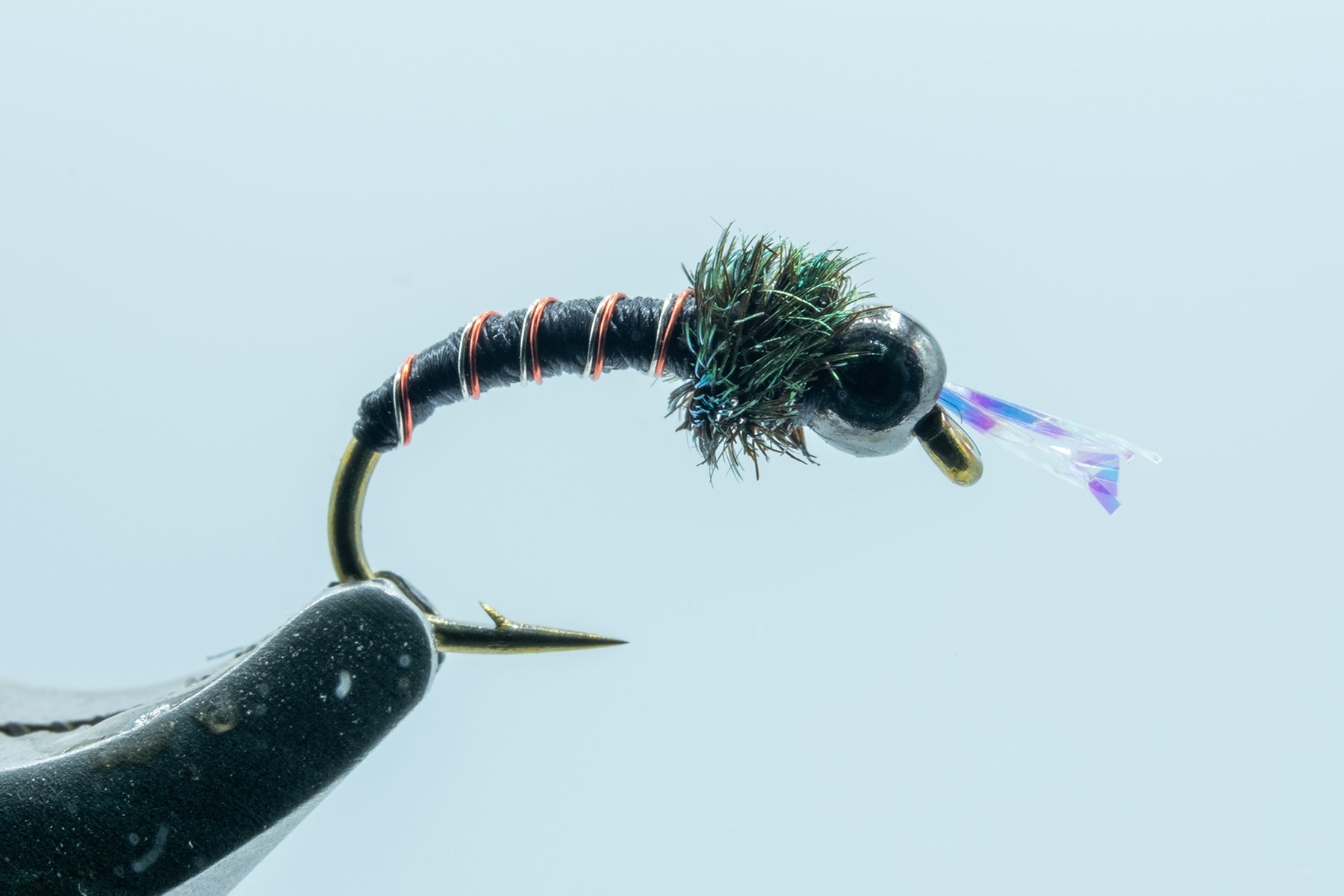
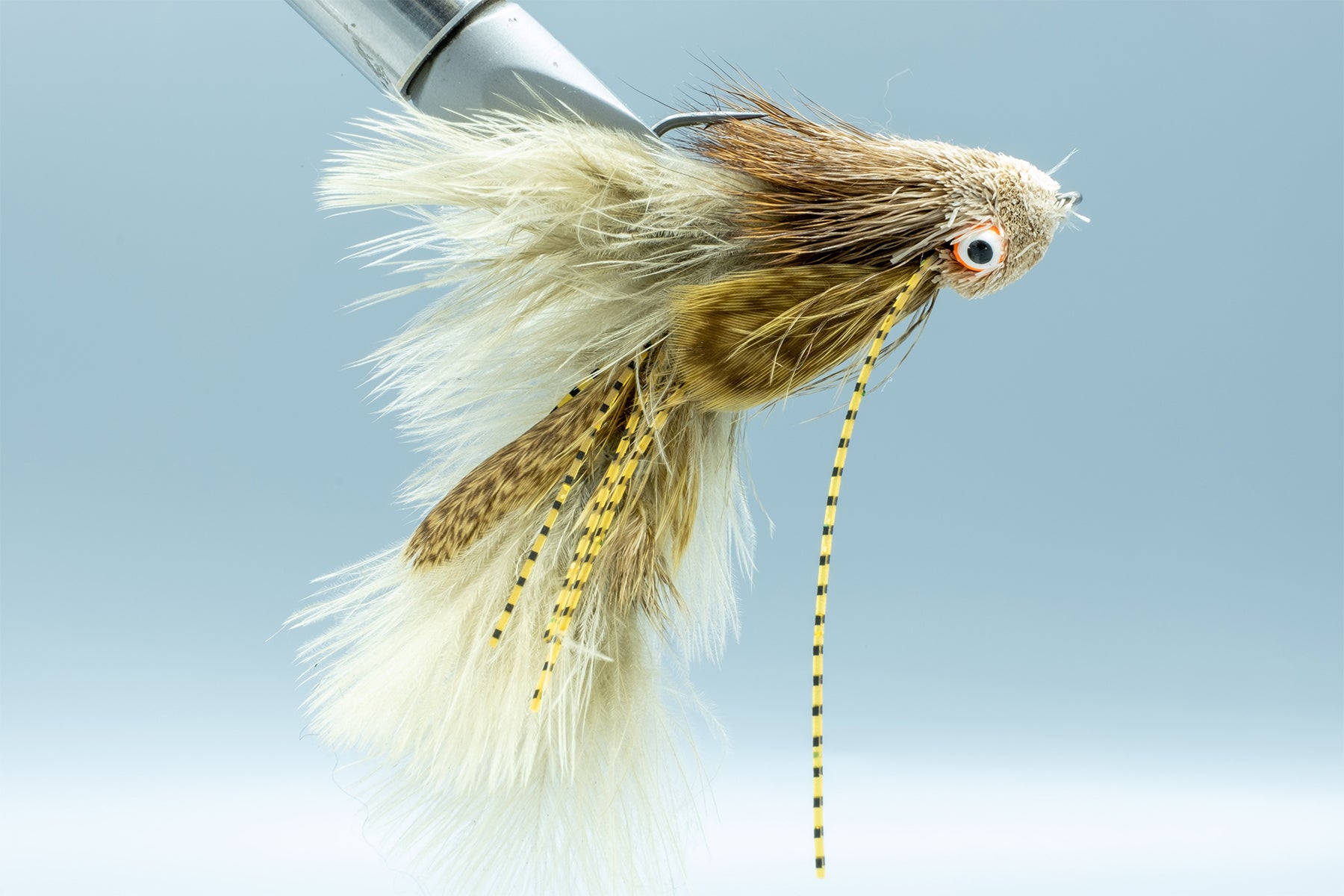
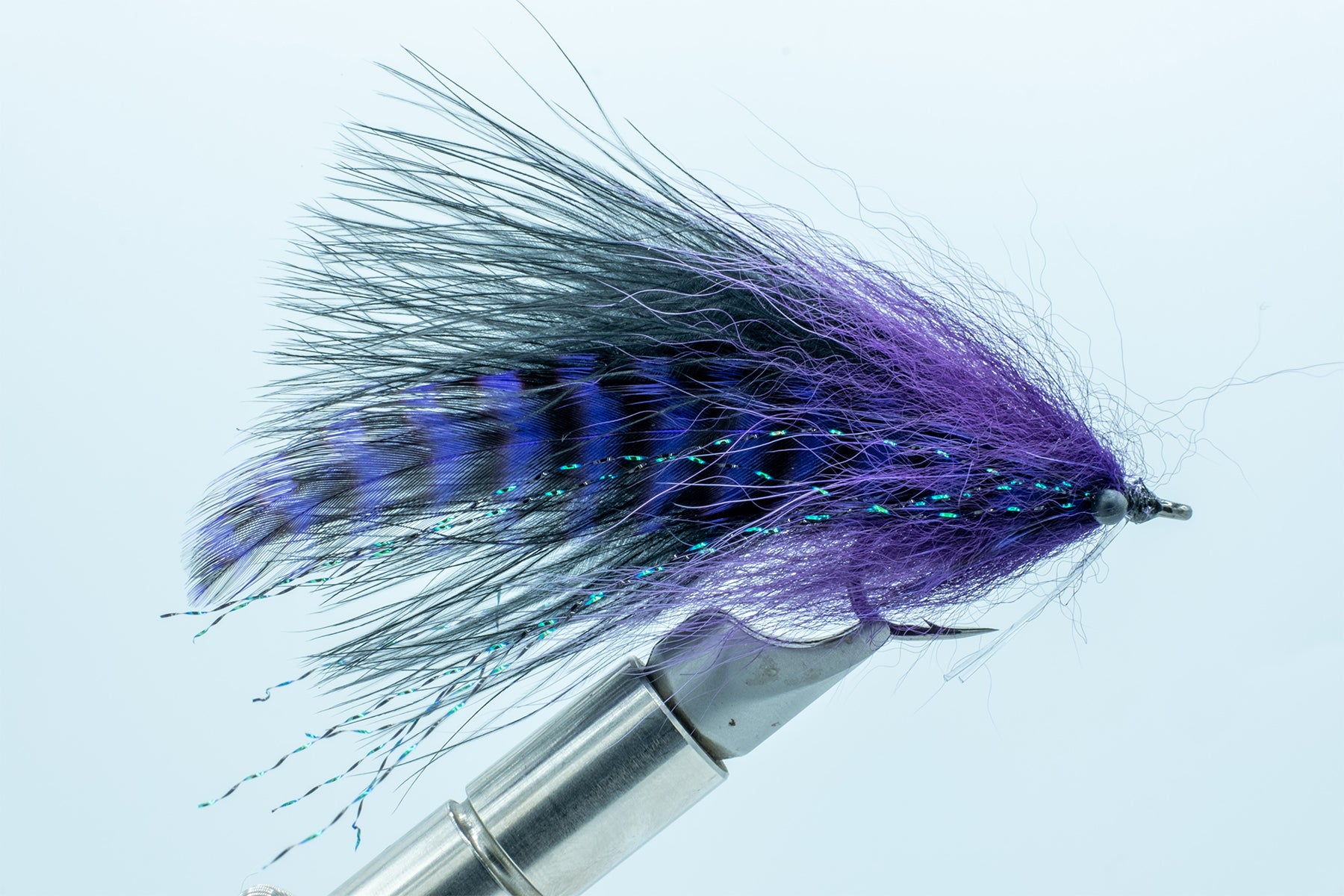
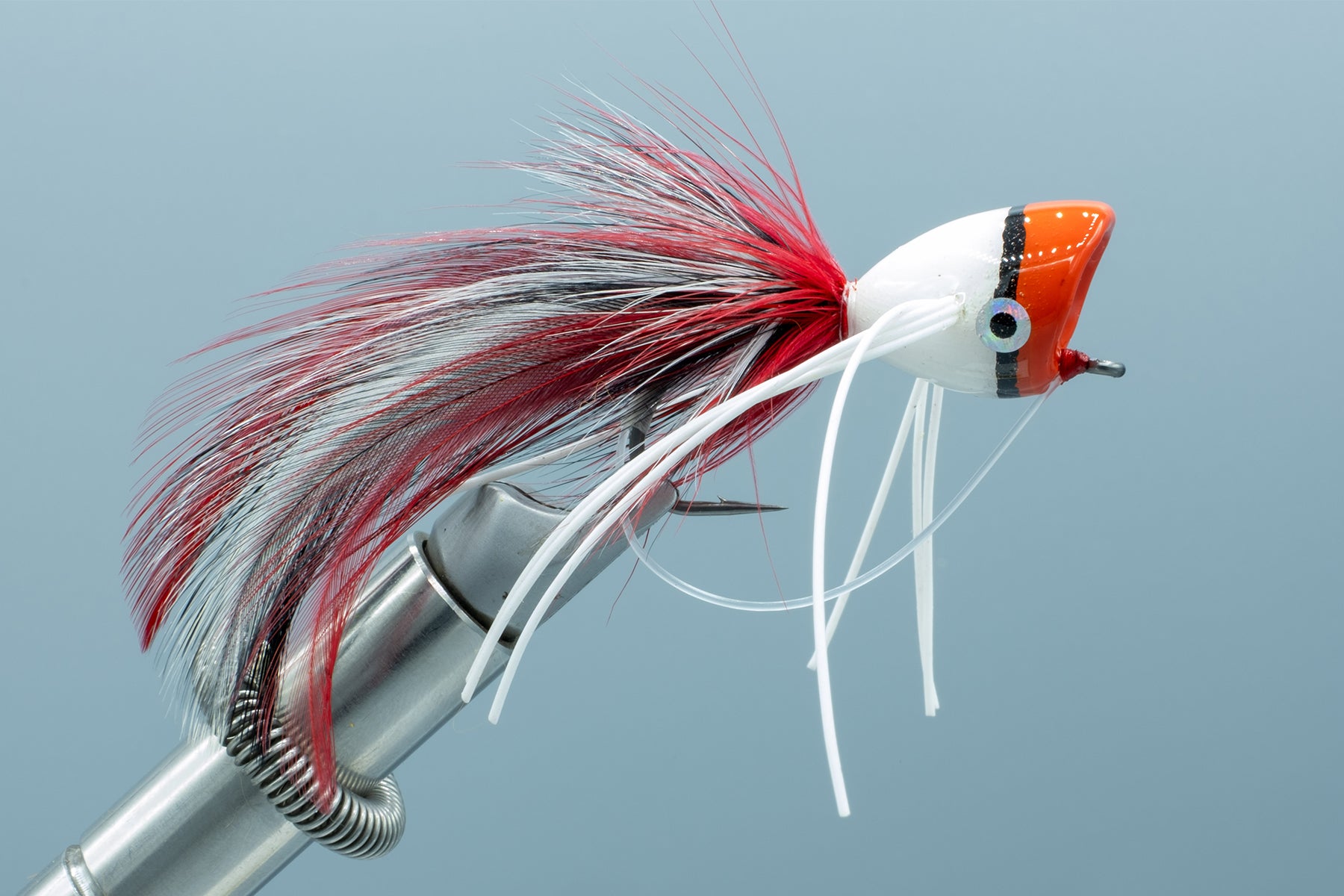
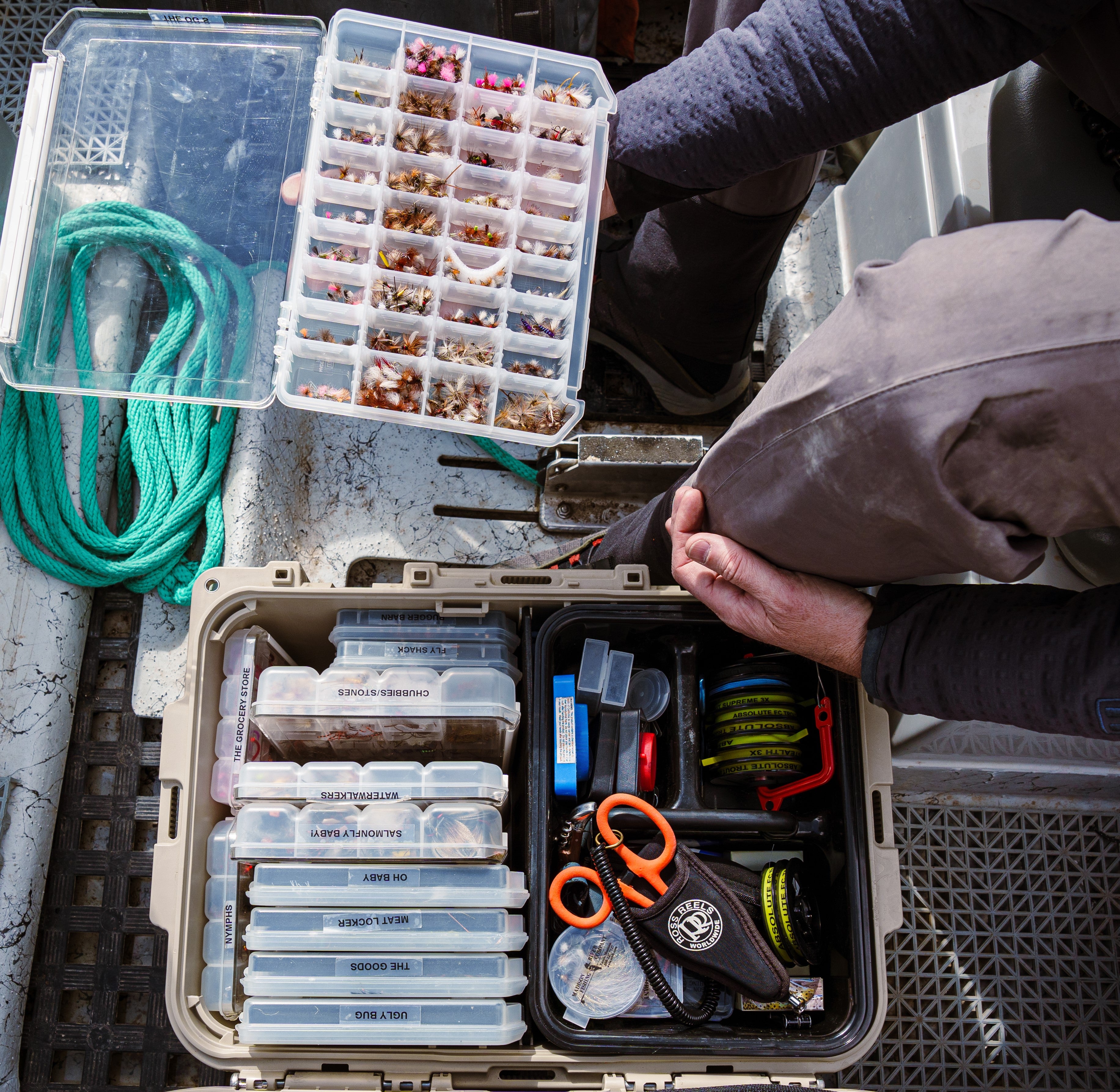
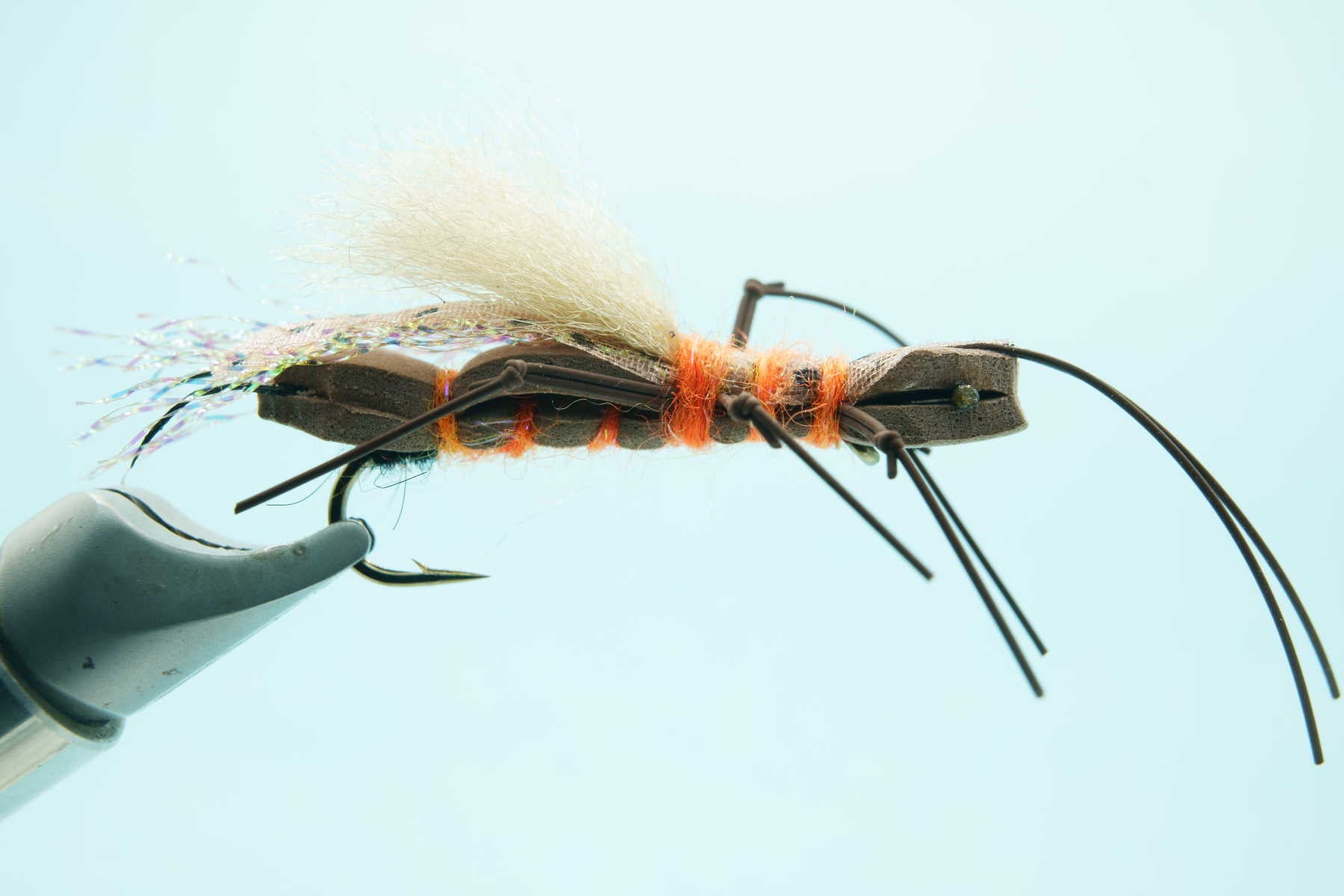
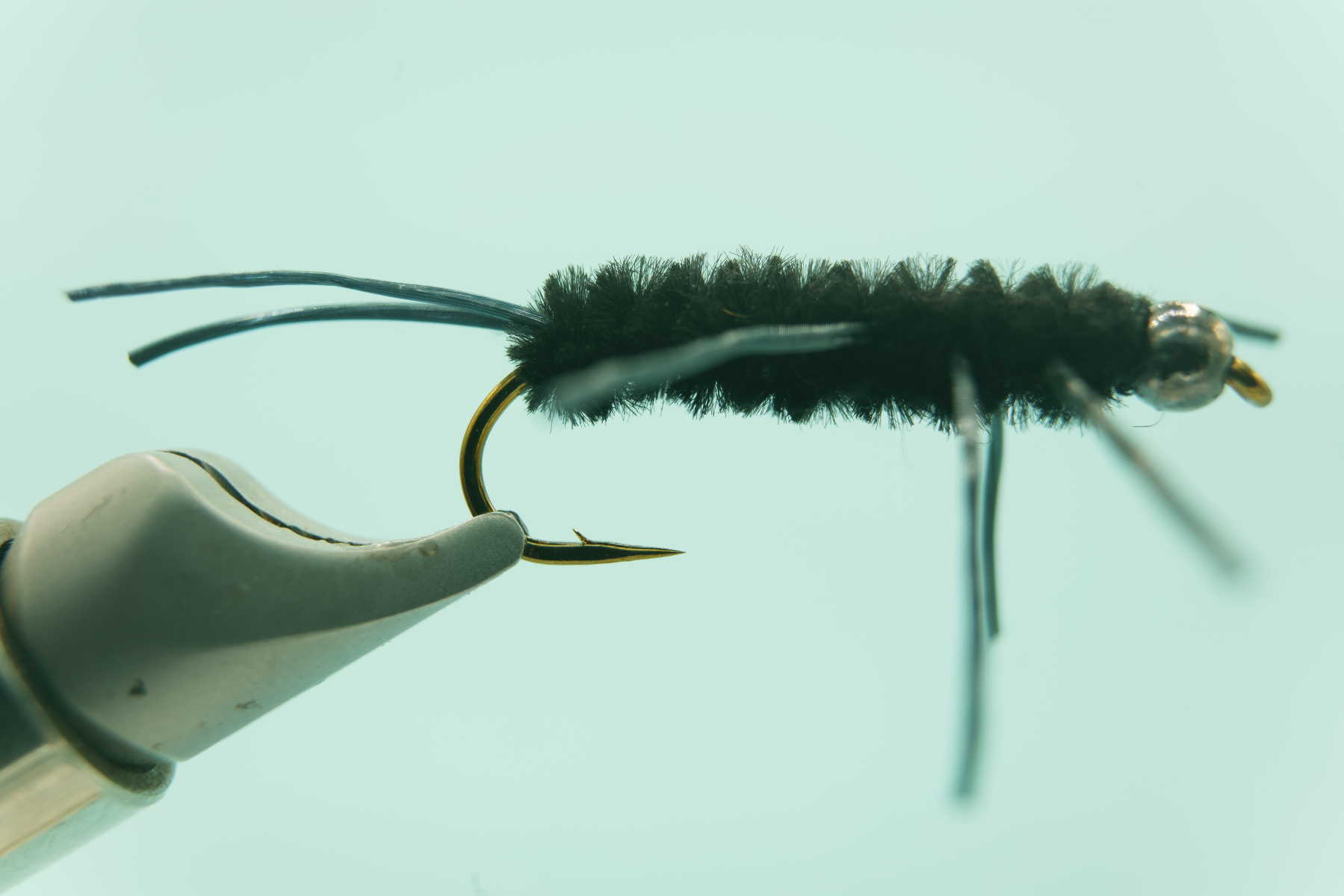
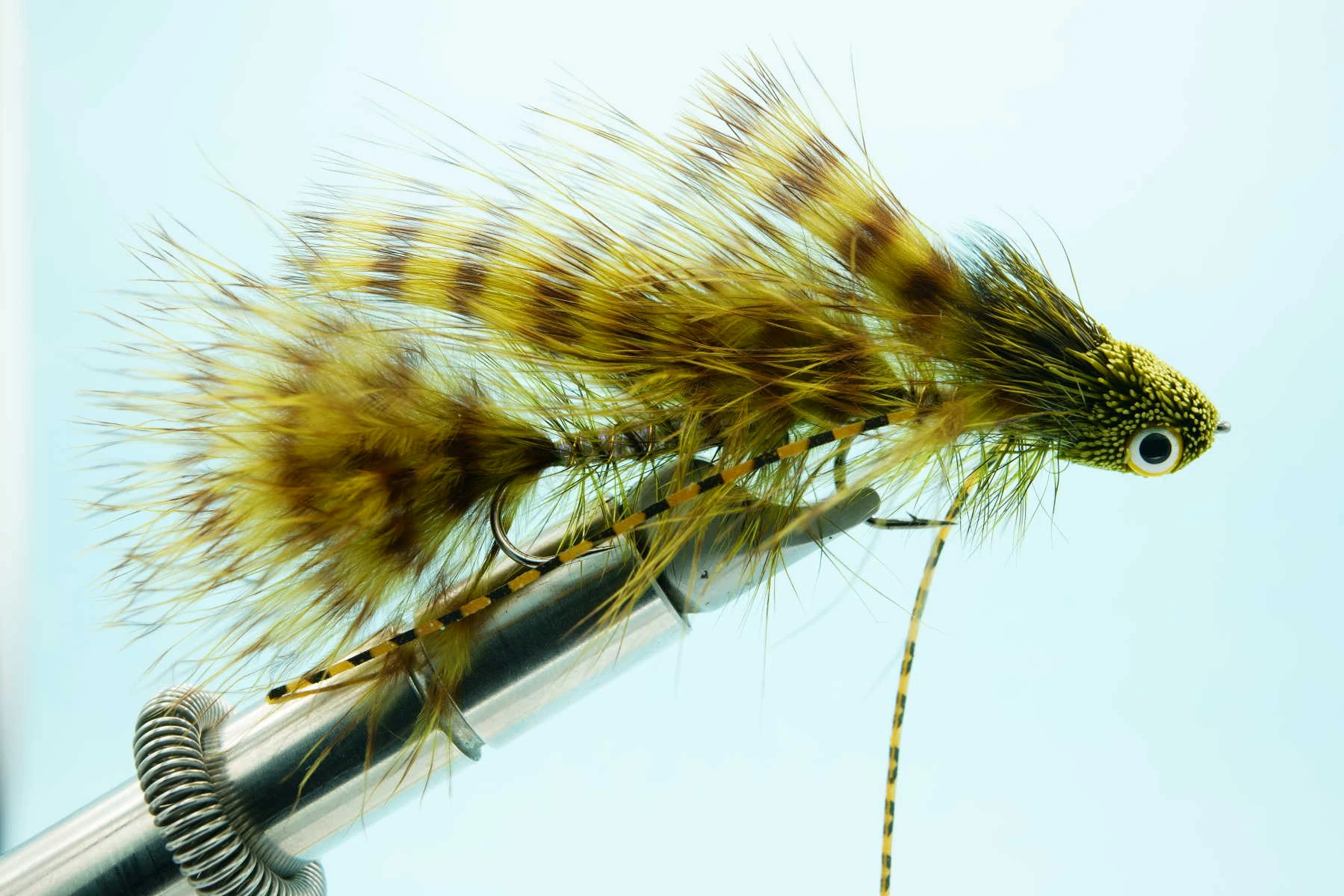
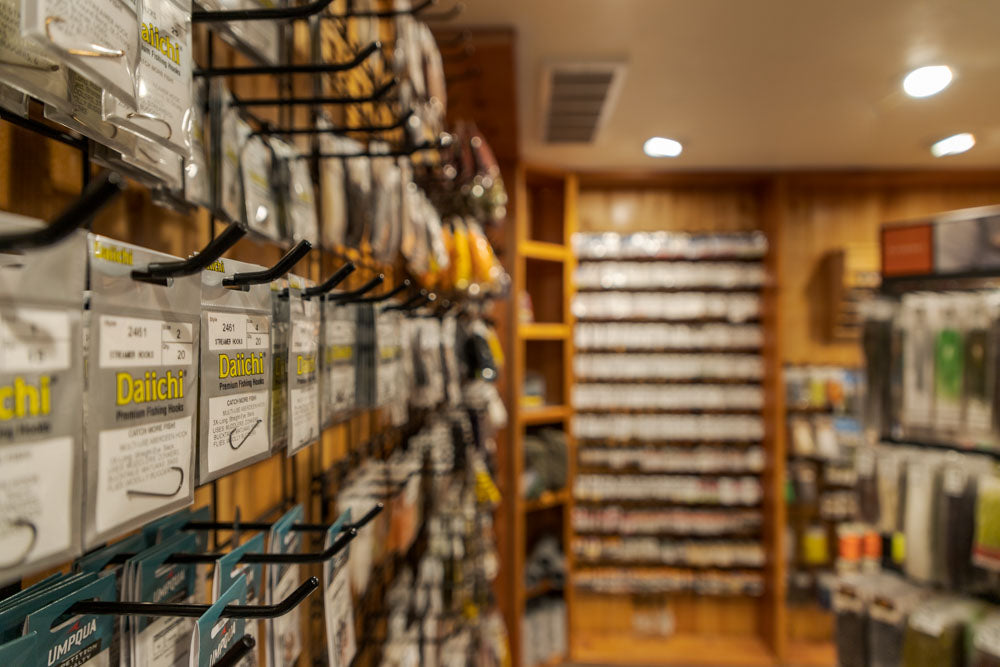






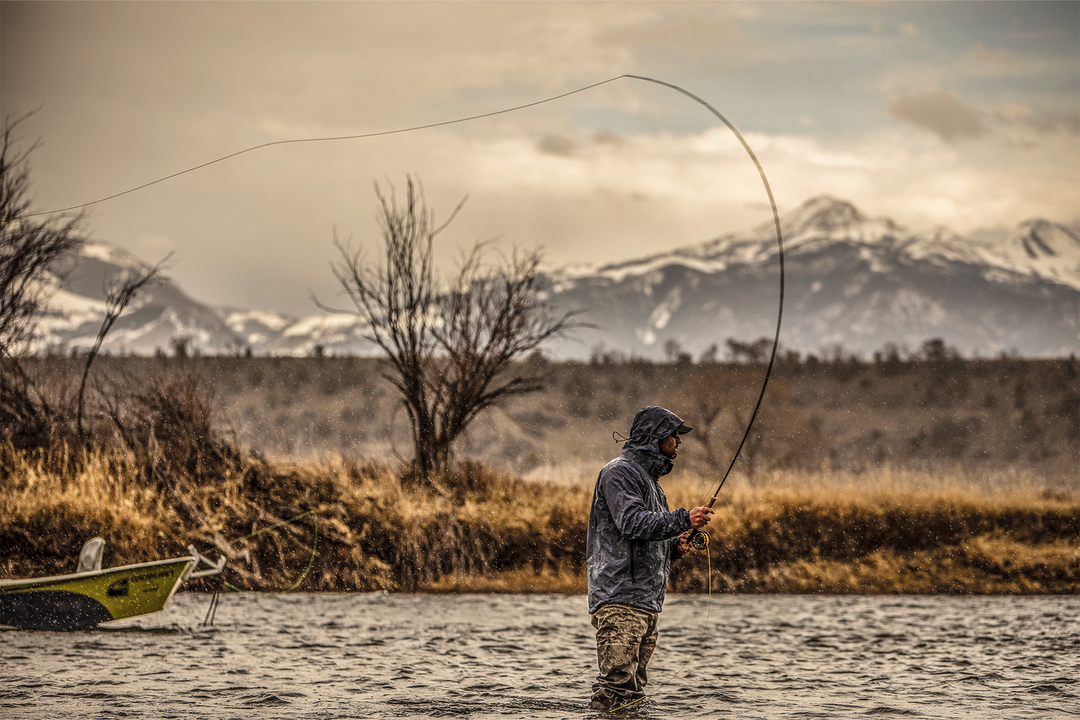


Leave a comment